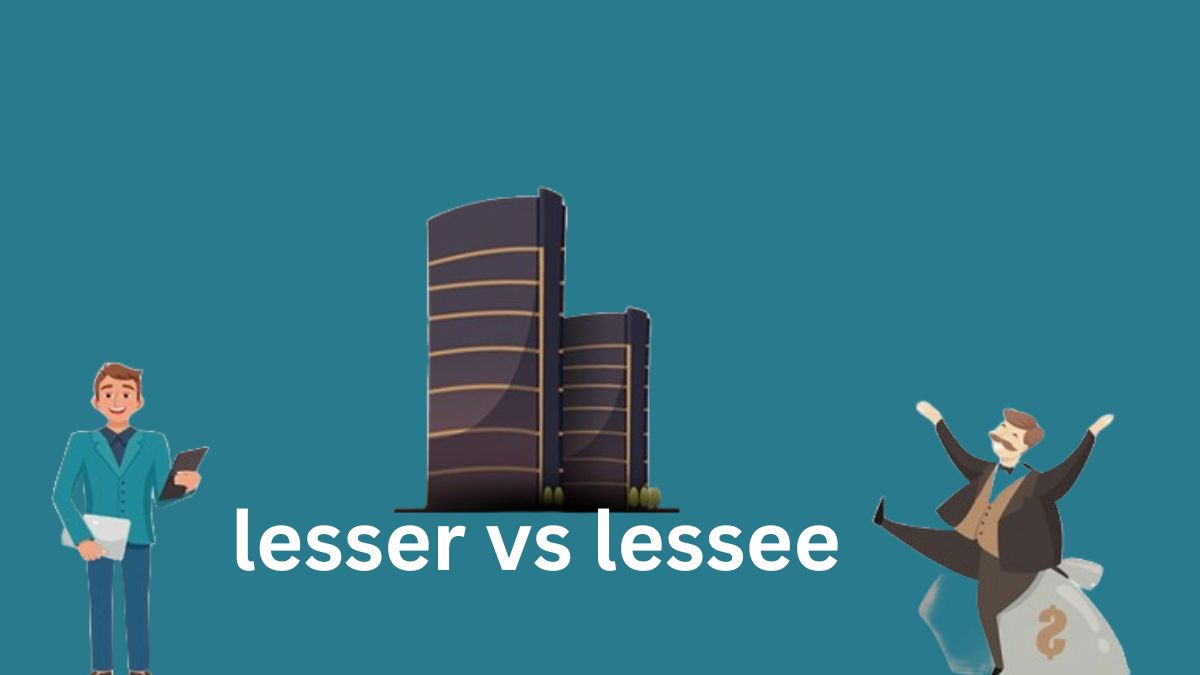In the world of property rentals, the terms Lessor vs Lessee are fundamental, yet they are often surrounded by confusion and misunderstandings. These roles are pivotal to the legal and operational dynamics of leasing agreements, whether they involve residential, commercial, or industrial properties.
Who is the Lessor?
The lessor, commonly referred to as the landlord or property owner, is the party that grants the lease. In essence, the lessor owns the property and has the legal right to lease it to another party. This role involves several responsibilities, including:
- Property Maintenance: The lessor is typically responsible for ensuring the property is in a habitable condition. This includes making necessary repairs and maintaining the property’s structural integrity.
- Legal Obligations: Lessors must adhere to local housing laws and regulations, which may include safety standards and occupancy rules.
- Lease Enforcement: They are responsible for enforcing the lease terms agreed upon with the lessee. This includes collecting rent, managing security deposits, and addressing lease violations.
Who is the Lessee?
The lessee is the tenant or the party that takes the property on lease from the lessor. This role involves assuming possession and use of the property under the conditions set by the lease agreement. Responsibilities of the lessee include:
- Rent: The primary responsibility of the lessee is to pay rent at the agreed intervals.
- Care of Property: Lessees must maintain the property in good condition, respecting the terms of the lease and ensuring that no damage beyond normal wear and tear occurs.
- Adherence to Lease Terms: Lessees are obliged to comply with all the provisions of the lease agreement, which might include restrictions on subletting, pet ownership, or alterations to the property.
Legal Implications
The relationship between the lessor and lessee is governed by the lease agreement, which should clearly outline the obligations and rights of each party. This contract is legally binding and enforceable in a court of law. Common legal issues that arise include:
- Lease Violations: Either party failing to comply with the lease terms can lead to disputes. For example, if a lessee fails to pay rent or a lessor does not perform necessary repairs.
- Security Deposits: Disputes over security deposits are common, particularly regarding deductions for damages or the timing of the return of the deposit.
- Evictions: In cases of severe lease violations, lessors may seek to evict lessees. However, this is strictly regulated, and lessors must follow legal procedures.
Practical Advice
For both lessors and lessees, understanding and fulfilling their roles can lead to a harmonious rental relationship. Here are some practical tips:
- Thorough Lease Agreements: Ensure that lease agreements are comprehensive and clear. Both parties should understand their rights and responsibilities to avoid future conflicts.
- Regular Communication: Open lines of communication can prevent misunderstandings and help address issues before they escalate.
- Legal Consultation: In complex situations, consulting with a legal professional can help both lessors and lessees navigate their rights and obligations effectively.
-
Challenges in Lessor-Lessee Relationships
Even with a strong understanding of roles and responsibilities, challenges can arise in any lessor-lessee relationship. Addressing these issues promptly and effectively is crucial to maintaining a healthy dynamic. Here are some common challenges and strategies for managing them:
Maintenance and Repairs
One of the most frequent areas of contention between lessors and lessees involves maintenance and repair duties. Confusion often arises over who is responsible for what. To mitigate these issues:
- Clear Clauses: Ensure the lease agreement specifies who is responsible for major repairs, routine maintenance, and emergency issues.
- Prompt Action: Both parties should address maintenance issues promptly. Lessors should make repairs in a timely manner, and lessees should report problems as soon as they arise.
Payment Disputes
Disagreements over rent payments, including delays and non-payment, can strain relationships and even lead to legal action.
- Automated Payments: Setting up automated rent payments can help avoid missed or late payments.
- Open Dialogue: If a lessee faces financial difficulties, open dialogue can lead to temporary arrangements that prevent further issues, such as structured payment plans.
Conclusion
The relationship between lessor and lessee is the cornerstone of the rental market. By understanding the roles and legal implications, both parties can engage in fair and fruitful leasing arrangements. Remember, a successful leasing relationship depends on clarity, respect, and adherence to agreed terms, ensuring benefits for both the lessor and the lessee.





